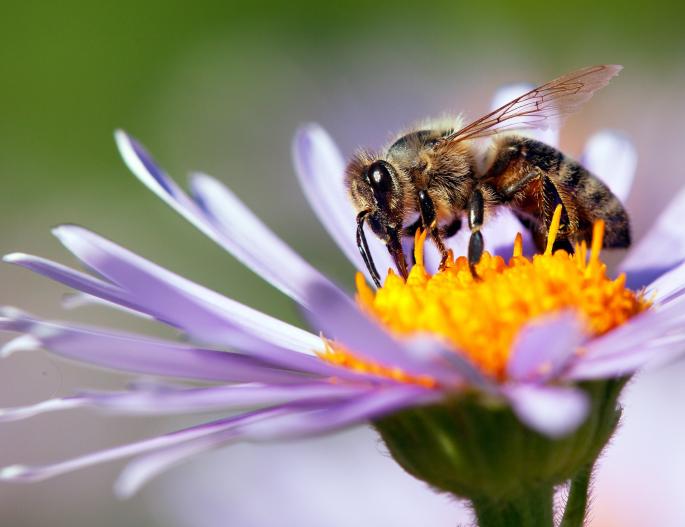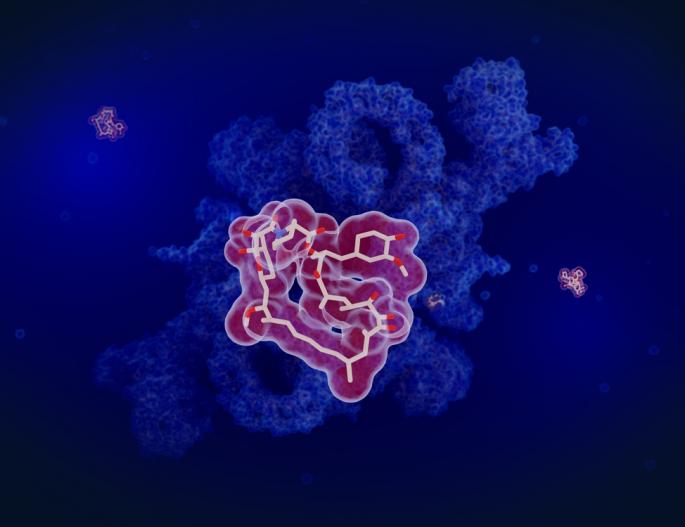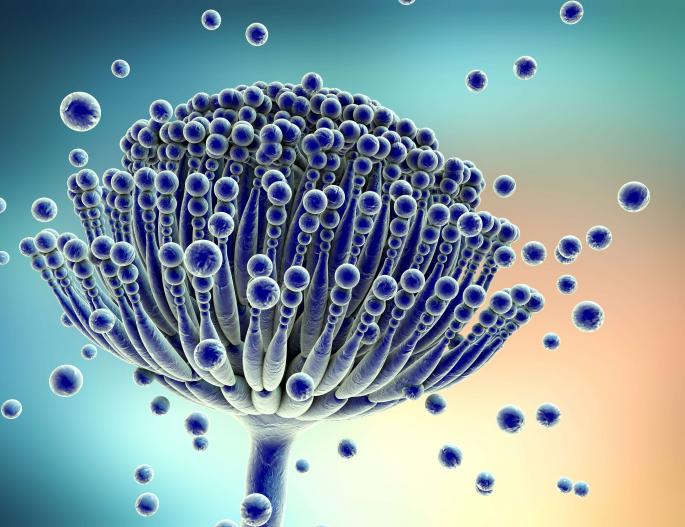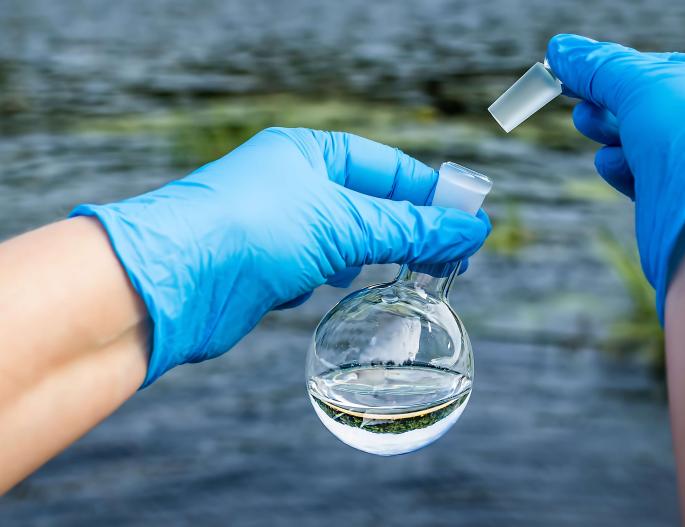Blog
Oligomycin Complex – A Mitochondrial Specific Reagent
Oligomycins are macrolides created by the Streptomyces species that act as strong antibacterial agents, but are often poisonous to other organisms, including humans. They serve as a classical mitochondrial…
Actinomycin D and its semisynthetic derivative 7-Amino-Actinomycin D (7-AAD)
Actinomycin D (Act D) is a natural chemopeptide which is isolated from the bacteria Streptomyces. Amongst Streptomyces bacteria, Streptomyces parvulus (Streptomyces SP) produces Actinomycin D with the highest…
All you need to know about Aflatoxins
Aflatoxins are a category of mycotoxins – a naturally occurring toxic secondary metabolite – universally generated by certain molds, predominantly the aspergillus species (aspergillus flavus and aspergillus…
All you need to know about Water Safety
Water safety is an important and fundamental concern that includes handling of water reservoirs in ways that prevent poisoning of human, animals and plants.Contaminants by microorganisms such as bacteria, viruses,…







